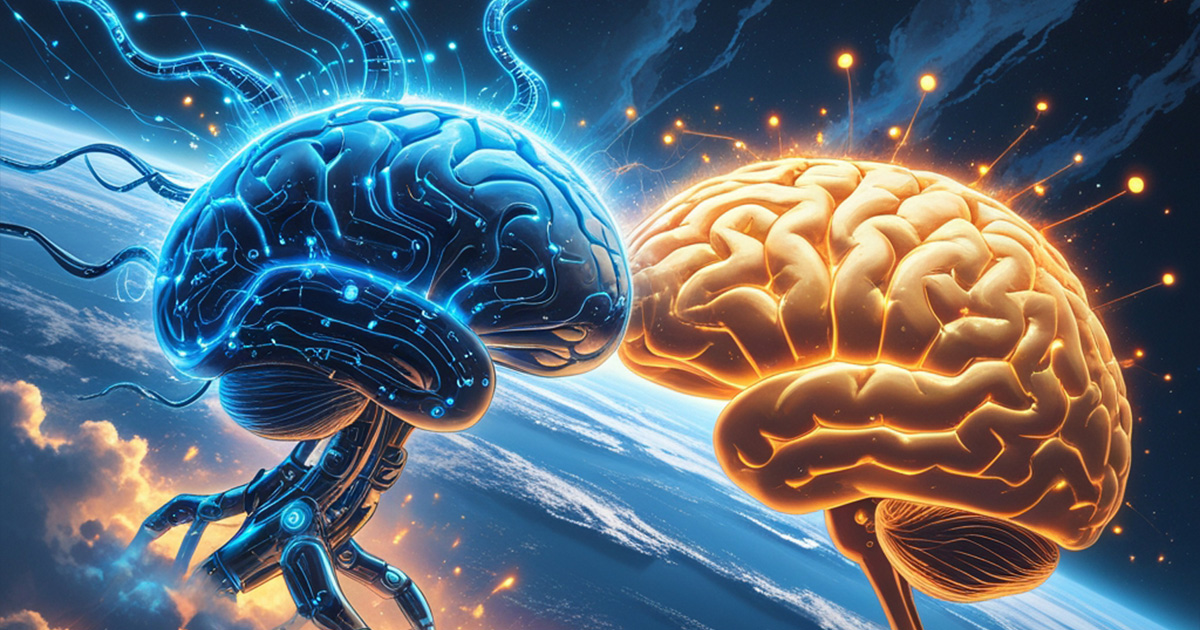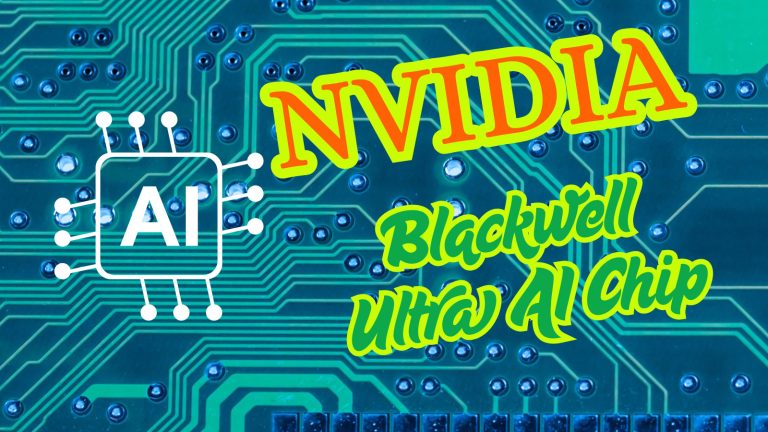Pattern recognition, learning, and decision-making are just some of the jobs that have been revolutionized by artificial intelligence (AI), which has made it possible for robots to execute tasks that have previously required human intellect. Artificial intelligence (AI) was inspired by the human brain; yet there are fascinating parallels between the two, as well as important distinctions. With a balanced perspective on the influence of emotions on the human brain, the purpose of this essay is to investigate the similarities and differences between the two perspectives.

Parallels Between Artificial Intelligence and the Human Brain
Pattern Recognition: Artificial intelligence and the human brain are both capable of recognizing patterns in the data that they are given. In artificial intelligence, neural networks are a fundamental model that simulates the brain’s capacity to interpret sensory input and recognize things like voices, faces, and objects. Learning Mechanisms: Artificial intelligence is trained by employing various feedback loops and vast datasets in order to improve its performance over time. In a similar manner, humans acquire knowledge through exercises, introspection, and the incorporation of feedback into their behaviors.
Decision-Making: In the process of making judgements, artificial intelligence (AI) analyses data by employing algorithms and rules in order to arrive at logical conclusions, whereas the brain processes data by using reasoning, intuition, and emotional analysis. Adaptability: The human brain and state-of-the-art artificial intelligence systems both possess the ability to adapt. At the same time as people learn from their experiences and adjust their behaviors accordingly, artificial intelligence (AI) upgrades its models depending on fresh facts.
Important Distinctions
Processing Style: Emotions, creativity, and intuition are all integrated in the human brain, which runs in parallel across billions of neurons. In contrast, AI analyses data mathematically or sequentially and is emotionless.
Speed and Capacity: AI is far more rapid than the human brain at analyzing massive datasets. Nonetheless, the brain is exceptionally good at generalizing and comprehending context in a variety of contexts.
Energy Efficiency: Compared to high-performance AI systems, the human brain uses a lot less energy, demonstrating its remarkable efficiency.
Self-Awareness: While AI has no sense of self or awareness, humans do have consciousness, feelings, and abstract thinking.
Emotions are a key feature that distinguishes the human brain from artificial intelligence systems. Making decisions, being creative, and interacting with others are all profoundly impacted by our emotions. Despite their positive effects on human intelligence, they can impede thought processes under stressful situations.
Anxious people, for instance, could have trouble thinking clearly under pressure because they overanalyze or freeze up. Conversely, feelings can boost performance by keeping people motivated, facilitating connection-making, and fostering creative thinking even in the face of adversity.
Machine learning and artificial intelligence (AI) work independently of the human brain and its emotional and emotive components. This renders it devoid of the emotional intelligence and complex decision-making that humans possess, yet it enables it to analyze data rapidly and undisturbed.
Considerations for Upcoming Investigations
There is a lot of untapped potential in our current understanding of the brain’s emotional-cognitive axis, especially when it comes to removing emotional roadblocks to peak performance. Practices such as mindfulness, cognitive-behavioral approaches, and reflection may help people overcome emotional interference and “train their brains” like AI models. Meanwhile, developments in artificial intelligence can keep looking to the brain for ideas on how to build efficient and flexible systems, thanks to its learning mechanisms and capacity for adaptation. The absence of feelings, awareness, and originality in AI makes it seem like it will always be apart from the human brain.
It is possible to recognize the value of artificial intelligence (AI) and human intelligence (HI) by learning about their respective advantages and disadvantages, and then we may look at ways to use them together.



